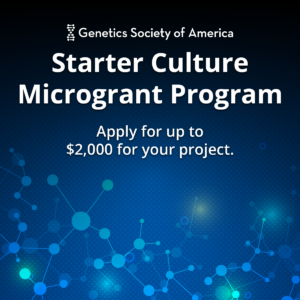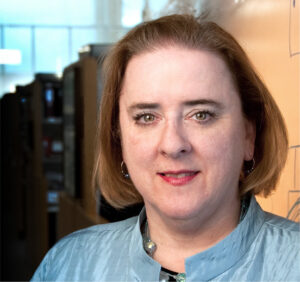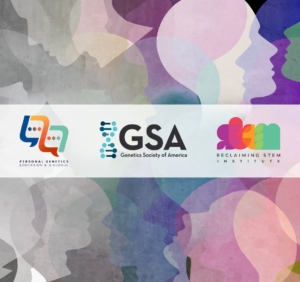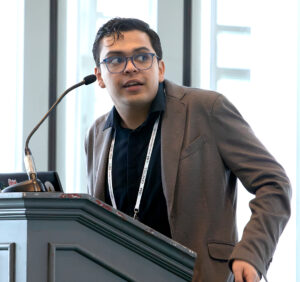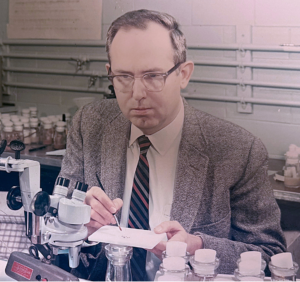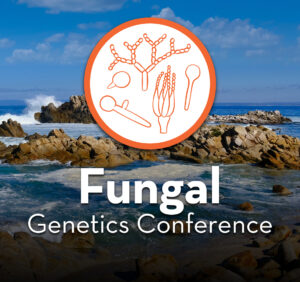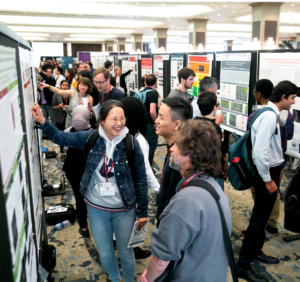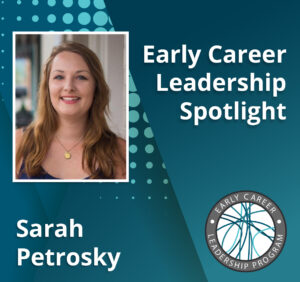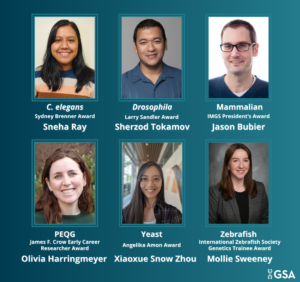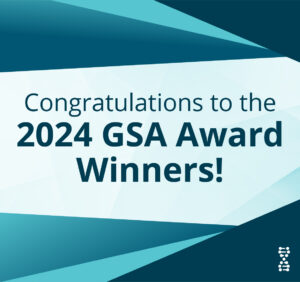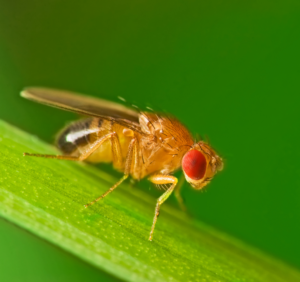Today’s guest post was contributed by Nele Haelterman, assistant professor at Baylor College of Medicine’s molecular and human genetics department, who combines team science, genetics, and neuroscience to study the mechanisms that drive joint pain. Nele is passionate about science communication and advocacy: she runs a blog for early career scientists (ecrLife) and promotes open, reproducible science (reproducibility 4 everyone). You can follow Nele on LinkedIn.
When yeast geneticists first figured out how to definitively identify a cell’s complex genotype through a small, molecular label, about two decades ago, it represented a major breakthrough for the field. DNA barcodes are short, unique, harmless genetic sequences that can be inserted into a cell’s genome to enable its identification down the road. First suggested by Ron Davis at the Stanford Genome Technology Center, DNA barcoding was successfully applied to all strains generated through the Yeast Deletion Consortium, helping scientists identify precisely which strains they were working with. Since then, DNA barcoding has since been applied across species and laid the conceptual foundation for cutting-edge transcriptomic profiling technologies such as single cell RNA sequencing.
For the yeast community, DNA barcoding unlocked scientists’ ability to perform large-scale functional genetic screens at the level of the entire genome. The effects this technology has had on the entire field of biology cannot be understated, as it has yielded novel insights and advances across disciplines (see this and this review). To further maximize its potential, yeast geneticists continue to optimize this powerful method, tweaking it to be able to answer ever more challenging questions. July’s issue of G3: Genes|Genomes|Genetics contains two more exciting updates for geneticists interested in scaling up their genetic interaction studies across platforms.
A one-stop-shop for Barcode Sequencing
The technology used to read barcodes has evolved over time, to keep pace with technological advancements: Researchers initially used microarrays that contained a set of probes specific for the ~20 base pair DNA barcodes but have integrated next-gen sequencing technologies into the identification workflow as these methods became available. Barcode sequencing (Bar-seq) can be done using a wide variety of sequencing platforms, ranging from Illumina to Oxford Nanopore and others. However, each sequencing instrument has its own strengths, quicks, and weaknesses that will require specific adjustments to the barcode identification workflow. When first starting out, it can therefore be quite overwhelming to figure out which tweaks must be made to set up the assay best fit for the type of screen you are planning and optimized for the sequencing instruments that are available to you.
To remove these Bar-seq barriers, Barazandeh at al developed an optimized Bar-seq workflow that can be adapted to multiple sequencing instruments from a broad range of commercial venders. The research team, led by Corey Nislow compared the performance of these distinct platforms for Bar-seq experiments, describing use case scenarios for each platform. The team also outlines best practices for each platform, refining barcode amplification, sequencing strategy, and data analysis steps to ensure cross-platform and cross-study reproducibility. Hence, this article represents a one-stop shop for geneticists interested in venturing out into Bar-seq, detailing how to best implement this method based on the tools and instruments available at your institution.
Untangling genetic interactions at scale
Barcoding provides researchers with the invaluable capability to mark cells carrying a specific genetic modification, enabling large-scale genetic screens to survey pools of barcoded cells and study gene function across a variety of contexts and environments. To lift functional genetic screens to the next level, Monge et al now present a roadmap for assessing interactions between multiple alleles.
Monge et al created a library of plasmids that contains all possible combinations of nine alleles of their protein complex of interest, NEF-1, including yeast, human and null alleles. The authors barcoded these plasmids to identify each combinatorial genotype, and further augmented the molecular tag to enable simultaneous identification of each genotype’s replicates. This novel DNA barcoding variation, dubbed nested identification combined with replication (NICR) barcoding, allows researchers to follow a high number of replicates of combinatorial genotypes in parallel. The experimental roadmap outlined by Monge et al provides a framework for exploring complex genotype-phenotype relationships while controlling for biological variability, environmental variance, and experimental noise. Importantly, this method can be incorporated into “everyday” small experiments or into large-scale screens to increase a study’s robustness, regardless of its size.
References
Barcode sequencing: a robust, platform-agnostic method for massively parallel cell-based screens
Marjan Barazandeh, Hamid Kian Gaikani, Rutuja Pattanshetti, Joseph Uche Ogbede, Sunita Sinha, Rachel Moore , Christopher E Carr, Guri Giaever, Corey Nislow
G3: Genes|Genomes|Genetics. July 2025; jkaf166.
DOI: 10.1093/g3journal/jkaf166Highly replicated experiments studying complex genotypes using nested DNA barcodes
Molly Monge, Simone M Giovanetti, Apoorva Ravishankar, Meru J Sadhu
G3: Genes|Genomes|Genetics. July 2025; jkaf146
10.1093/g3journal/jkaf146The Yeast Deletion Collection: A Decade of Functional Genomics
Guri Giaever, Corey Nislow
Genetics. June 2014;Vol 197(2):451-465
10.1534/genetics.114.161620Beyond genome sequencing: lineage tracking with barcodes to study the dynamics of evolution, infection, and cancer
Jamie R Blundell, Sasha F Levy
Genomics. 2014 Dec;104(6 Pt A):417-30
10.1177/15353702221121600







